目次
Craft Report
The History of Hakata Dolls and the Origins of Yoichi Nishiyama’s Creations.
In his home and workshop in Takao, Dazaifu City, Fukuoka Prefecture, Yoichi Nishiyama devotes himself to the art of Hakata dolls. As a child, Nishiyama struggled with a severe stutter, which made communication and studies difficult. Yet drawing and creative work brought him joy, recognition, and encouragement, leading him to believe strongly that the path of creation was his true calling.
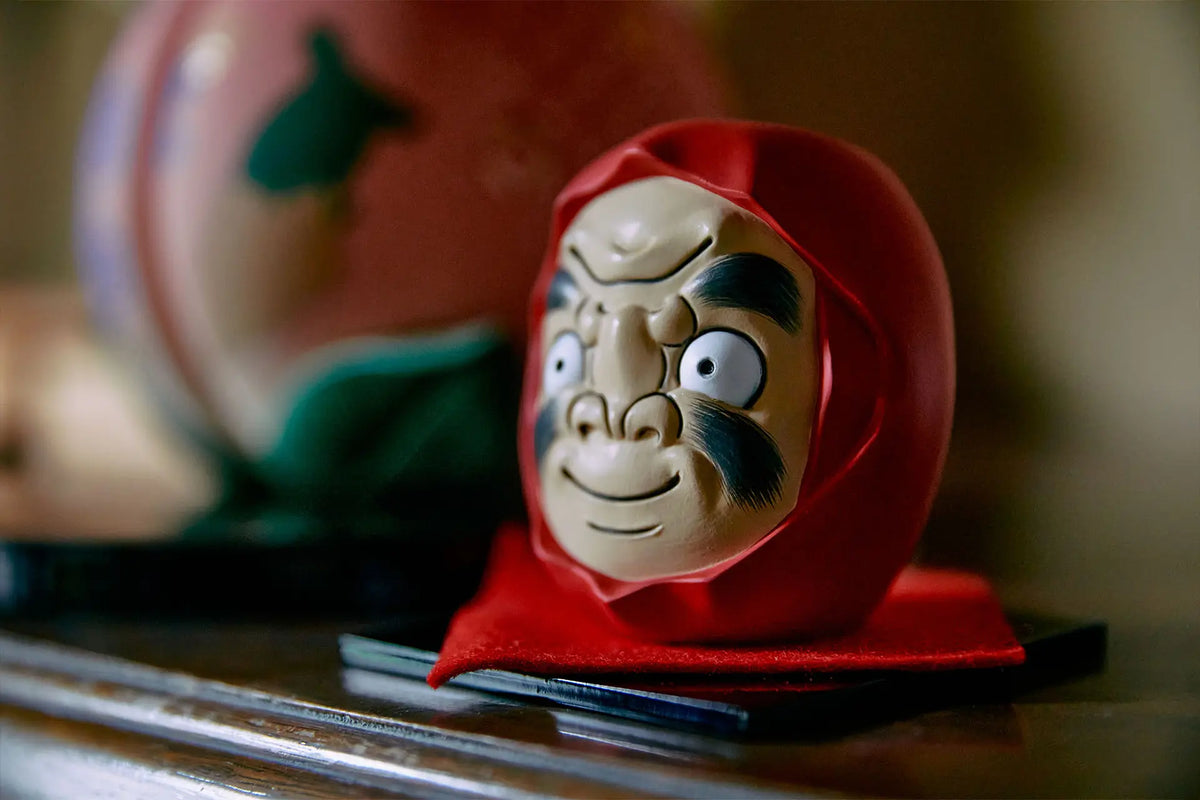
In high school, he entered an art and crafts program where he studied sculpture, and went on to the Faculty of Art at Kyushu Sangyo University. After apprenticing under a doll master for four years, he became independent. Hakata dolls trace their origins back to the early Edo period, when craftsmen brought to Chikushi by Kuroda Nagamasa sold clay dolls as souvenirs.
The traditional process involves: (1) sculpting a prototype in clay, (2) creating a mold, (3) producing multiple dolls from the mold, (4) firing, and (5) coloring with suihi pigments used in traditional Japanese painting. Some works are also decorated with gold leaf or gold powder. Nishiyama oversees every stage himself, from initial sketch to final coloring. As a Hakata doll maker and nationally certified traditional artisan, he creates works ranging from classical subjects such as kabuki and Noh to contemporary themes.
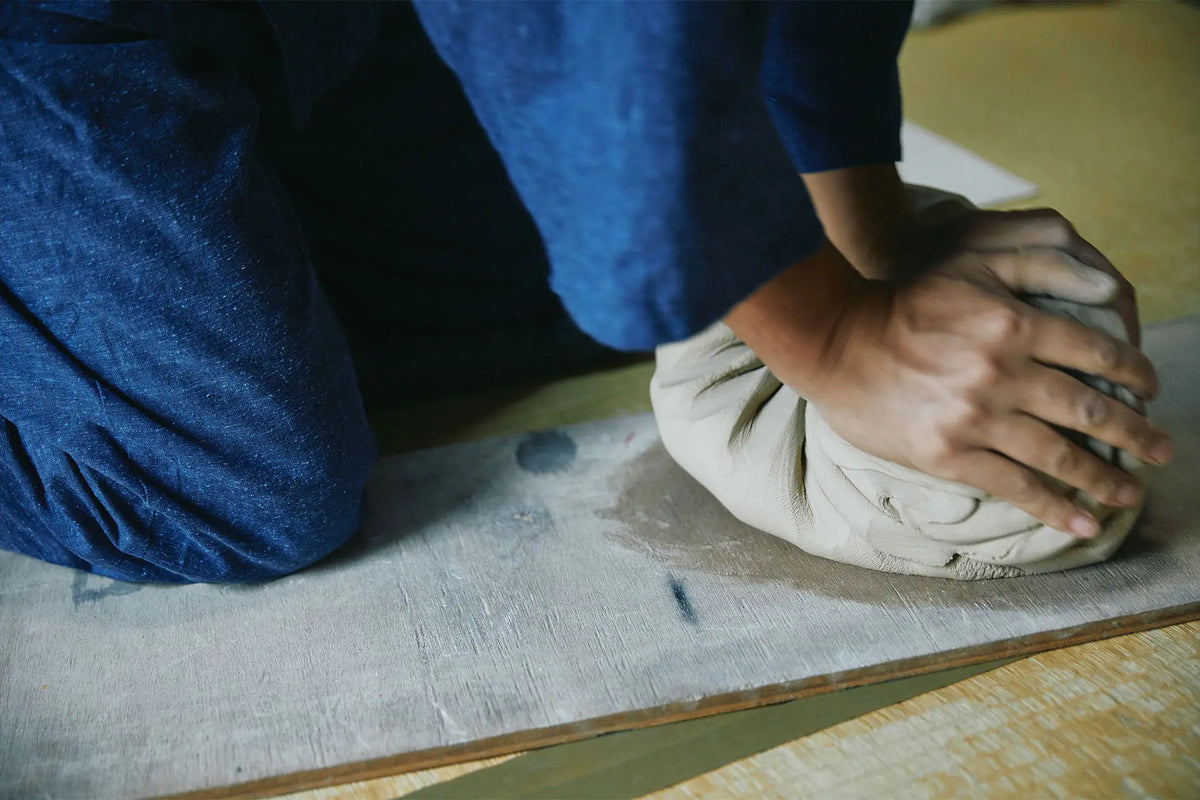

Realistic Form and Delicate Coloring that Preserve Tradition.
Classical Hakata dolls inspired by kabuki or Noh are becoming rarer as fewer artisans tackle them. Traditional human figures require many parts to be divided during production, and mastering the balance of division, as well as understanding how clay may crack or separate, takes time. With fewer doll makers able to handle such complex molds, Nishiyama’s sculptural expertise and ability to create realistic prototypes are highly valued.
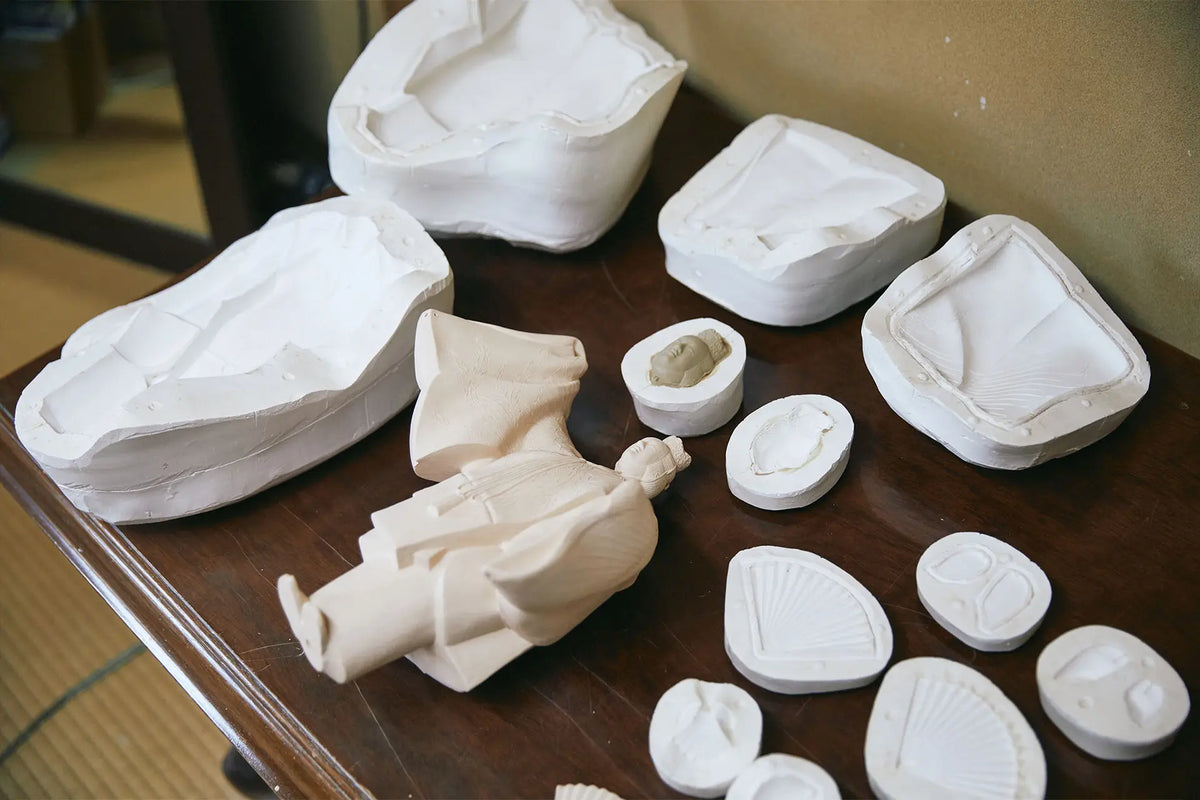
Plaster molds are finely divided into multiple parts.
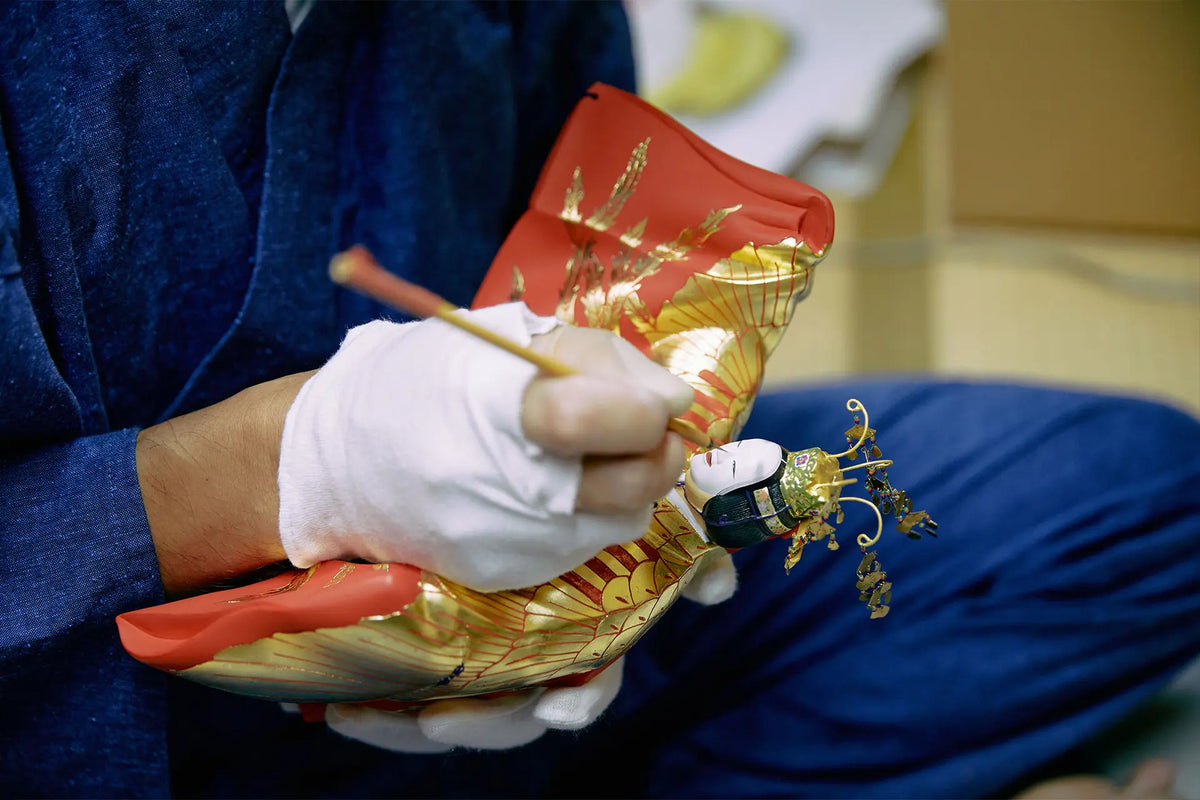
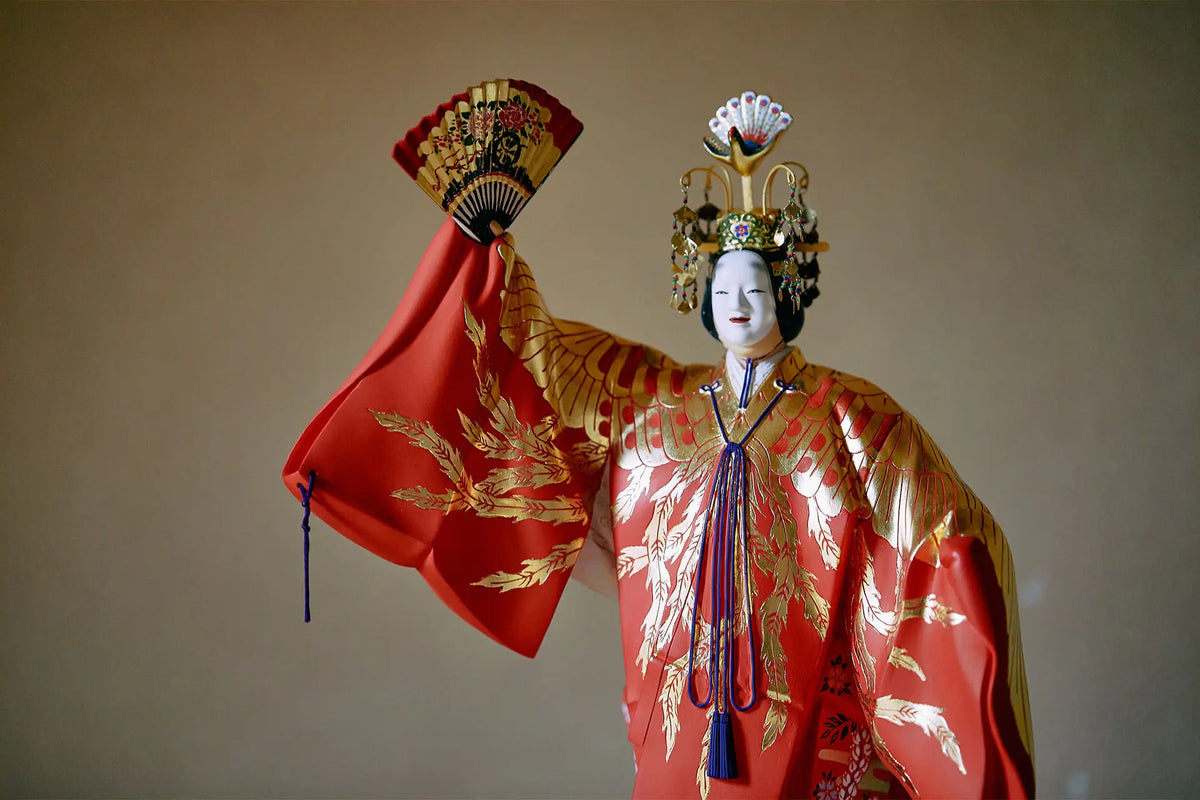
Blending Uniqueness with Meticulous Craftsmanship.
Nishiyama had long been consumed by commissioned work, but the slowdown during the COVID-19 pandemic gave him time to pause. He decided to pursue what he truly loved, launching himself as an artist under the name YOICHI. Beyond fulfilling traditional orders, he now also explores unique and unconventional motifs, breaking free of fixed ideas: “It’s not interesting to keep making only the same old dolls.”
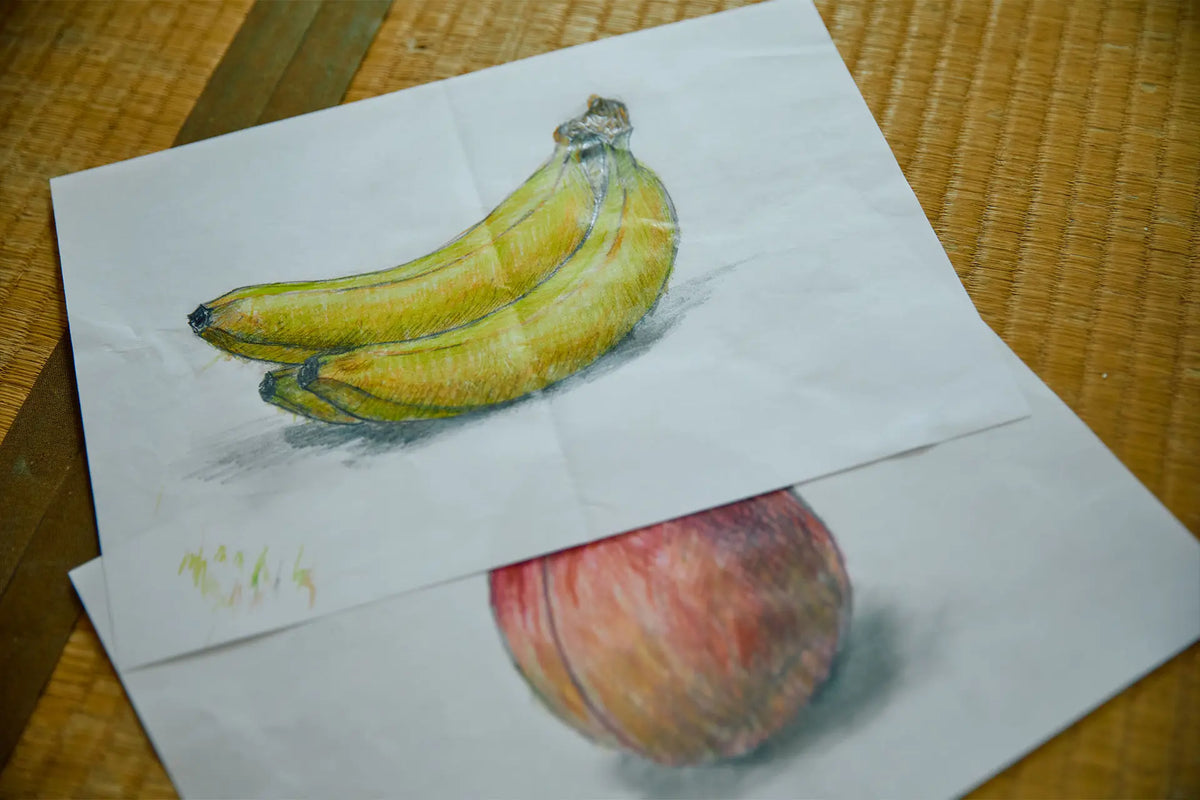
Nishiyama’s process begins with drawing a sketch.
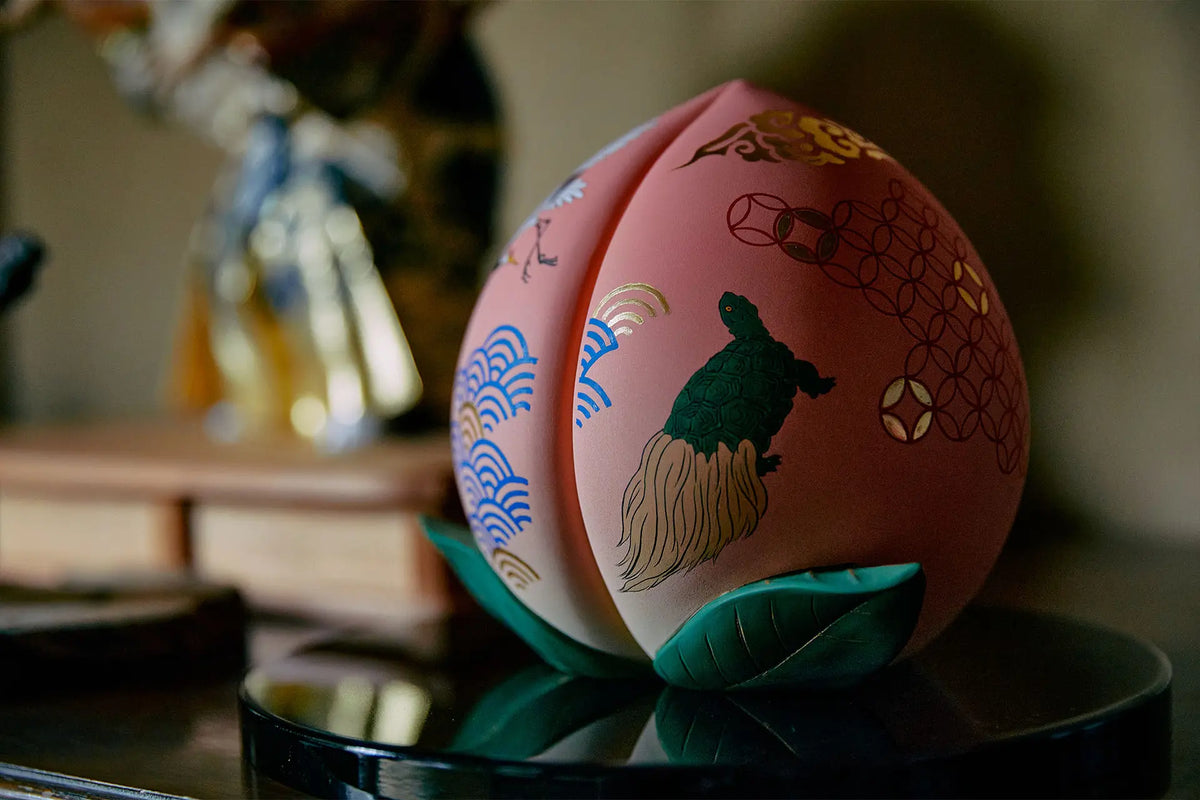
“Furō Tōju,” a peach motif symbolizing longevity.
His inspirations range widely—Escher and Japanese optical illusions, memories of his grandfather the farmer, and fruits like mandarins, grapes, and peaches from his hometown. Sometimes ideas spark from family conversations or scenes he encounters. When making a “banana,” for example, he discovered its perimeter resembles a pentagon, with the underside flattened. Such discoveries highlight the fun of studying structures, researching perspectives, and creating balanced forms in three dimensions.
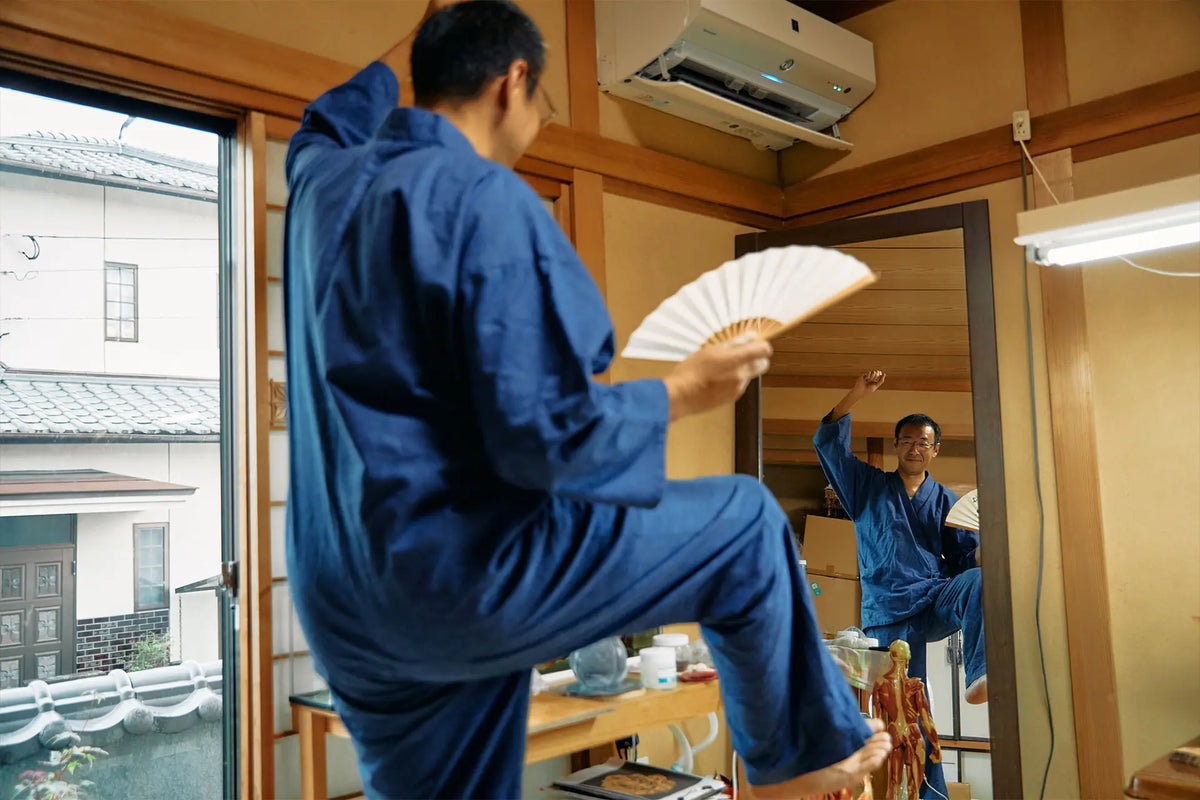
When sculpting human figures, he checks proportions in a full-length mirror.
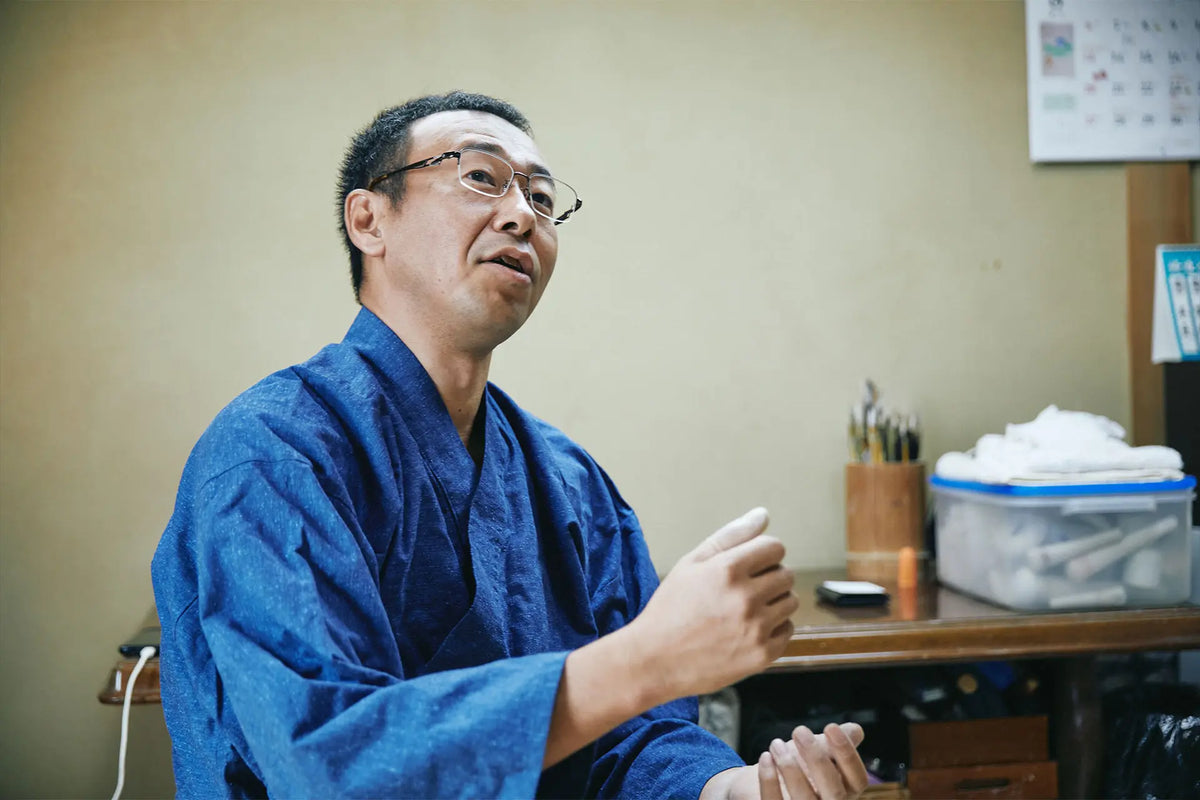
Yoichi Nishiyama.
“I want to create new forms of expression. I don’t cling to old methods—if the quality is maintained, materials and techniques should evolve,” says Nishiyama. While upholding tradition, he experiments with new approaches, with the ultimate goal of sharing Hakata dolls with the world. “What makes me happiest is when people say, ‘I’ve never seen anything like this!’ I want to surprise and move people.” Nishiyama’s challenge continues.
Interview: Takuya Arata Photography: Daiki Morishita Text: Emiko Shimono





